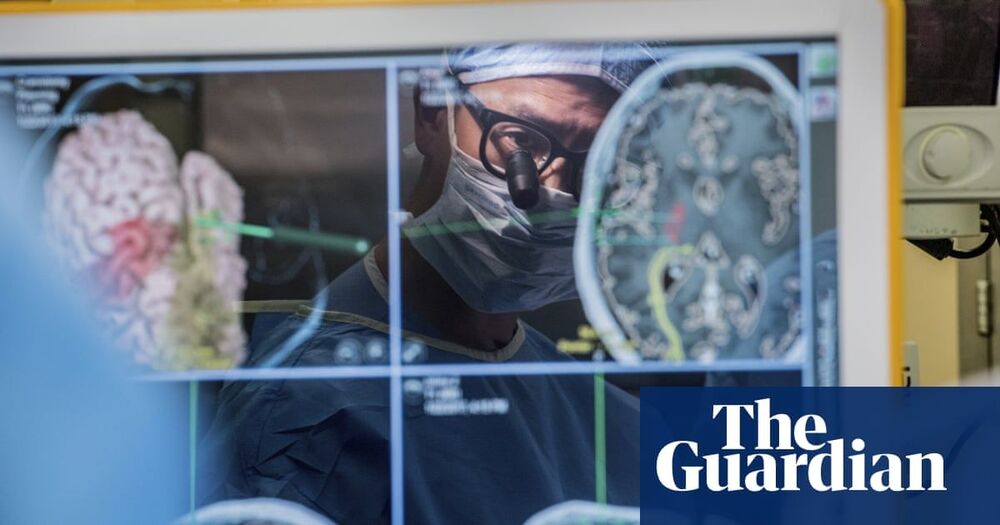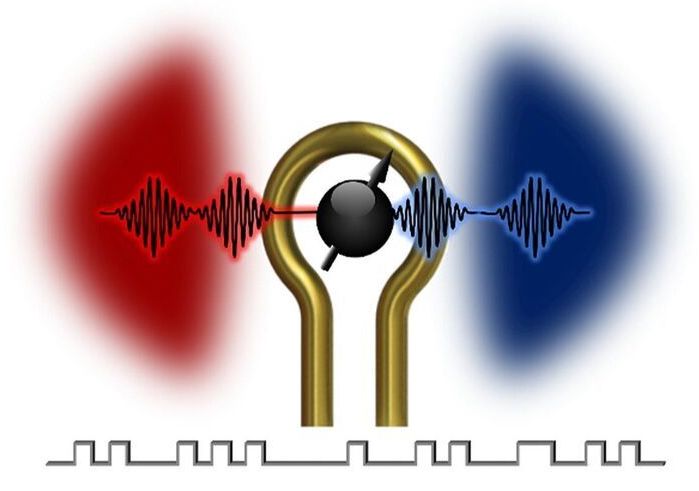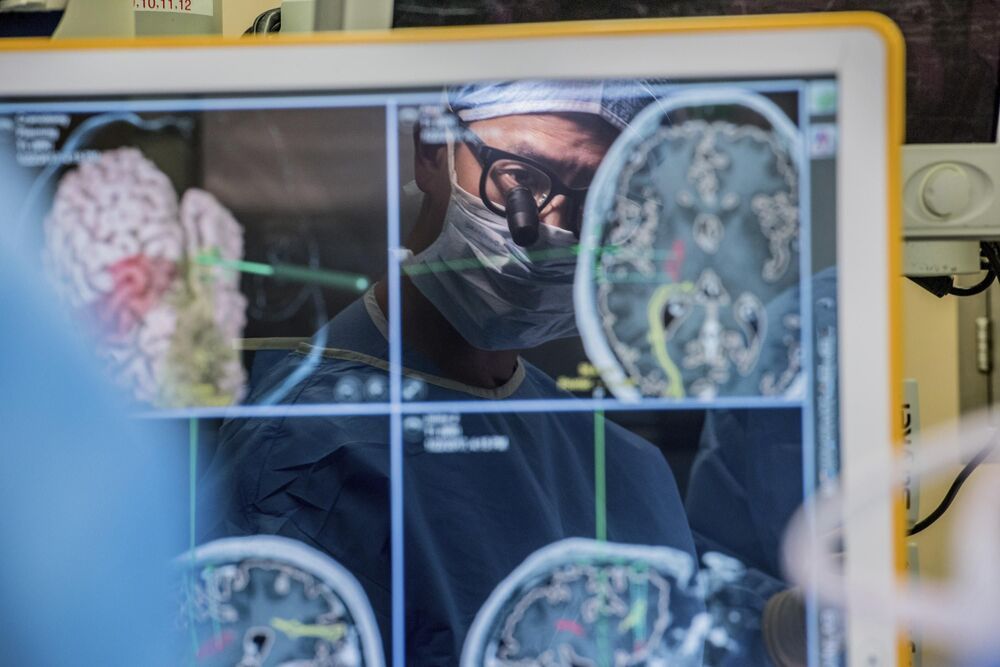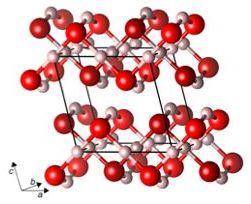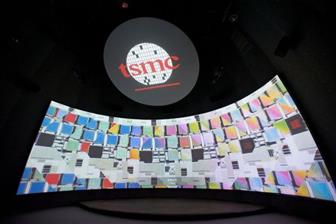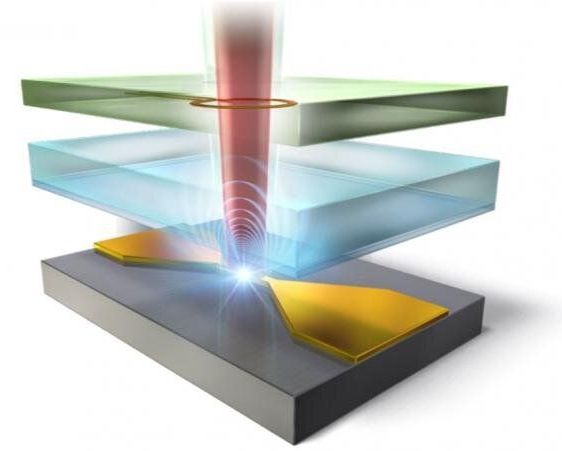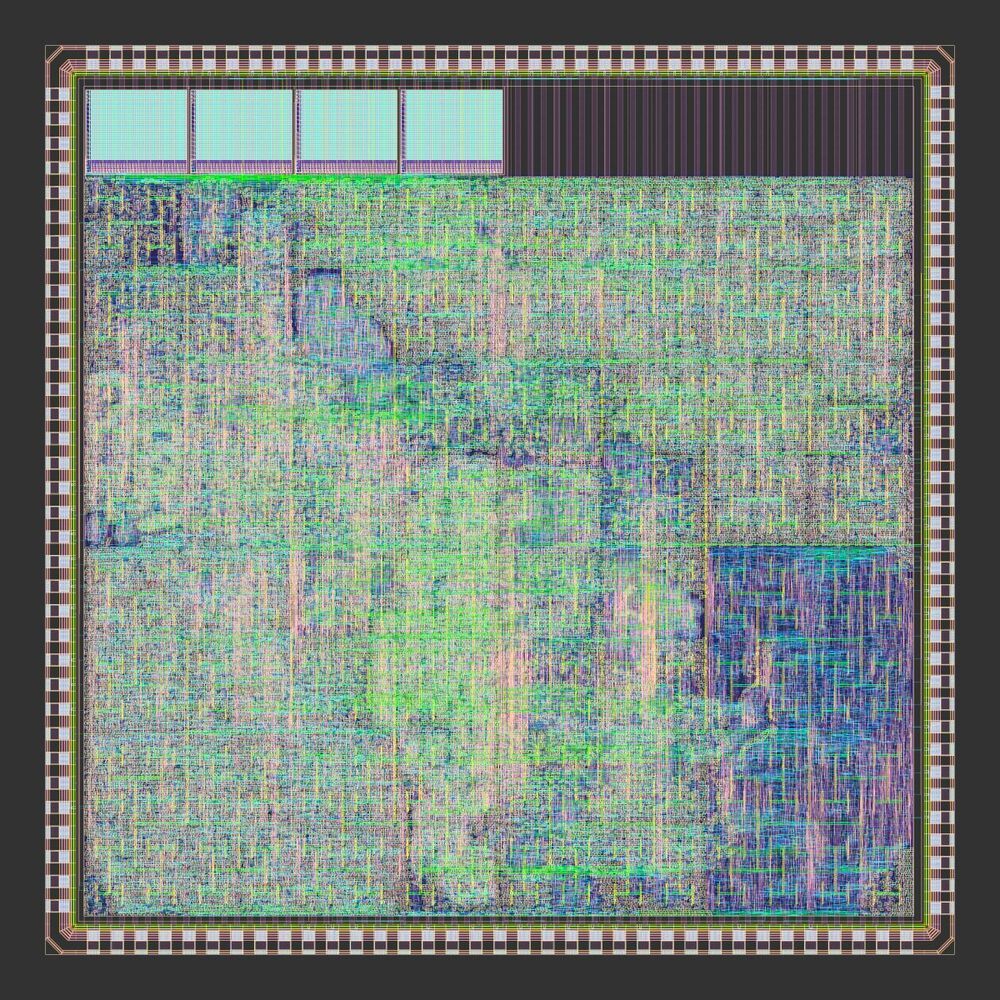The smaller transistors get, the more expensive they get, and similarly, the harder it becomes for foundries to compete at the cutting edge. We’ve been seeing this since the introduction of TSMC and Samsung’s 7nm node (comparable to Intel’s 10nm process). Global Foundries was the first to drop out of the race, and Intel has been stuck on its 14nm node for nearly seven years (although the chipmaker is trying to make a comeback). Samsung is the third major foundry struggling to keep up with TSMC in the race to make the smallest transistors.
Samsung’s 10nm and 7nm nodes were both on par with TSMC’s, at least in terms of transistor density, packing 0.52 and 0.95 million transistors per square mm. Meanwhile, Intel’s 10nm node was denser than both, with a density of 1.06 million per square mm. Starting with the 5nm node, Samsung’s nodes have fallen behind. The Korean foundry’s 5nm node has a transistor density of 1.27 million (per mm2), compared to 1.73 million on TSMC’s 5nm and 1.8 million on Intel’s 7nm.
The deltas become even wider with the 3nm node, with Samsung expected to offer a density of just 1.7 million, compared to 2.9 million on TSMC’s 3nm (despite not using GAA), and 3 million on Intel’s 3nm. Samsung has continued to lose foundry customers, with both Qualcomm and MediaTek shifting to TSMC due to poor supply. It’s being reported that NVIDIA too will rely on TSMC’s 5nm for its next-gen GPUs, resulting in the loss of another major client for the former. At this rate, Samsung might just throw in the towel even before its 3nm node begins mass production.

